The image below shows the formula for the bandwidth of pulse code modulation (PCM.) There are two questions I want to ask:
Bandwidth of the PCM signal waveform is bounded by \$ B_{PCM} = \frac{1}{2}(R) =\frac{1}{2}(nf_s) \$
R is the bitrate and since this is a square wave, the fundamental frequency will be the frequency of the square wave itself (according to Fourier transform, I think.)
Why does R needs to be halved? (I thought it must be R itself since that is the fundamental frequency.)
For one using a rectangular pulse with polar NRZ line codes = \$ B_{PCM} = R = nf_s \$ (first null bandwidth)
Why in this case does the bandwidth become R itself just because the coding technique is polar NRZ?
